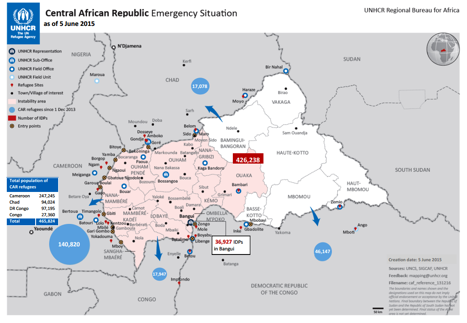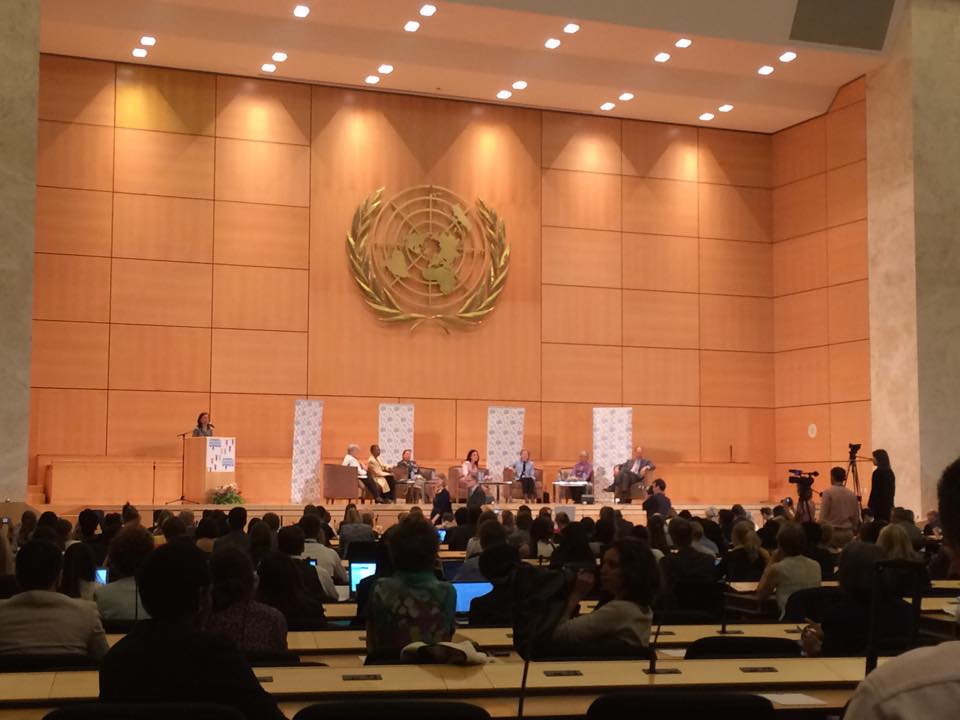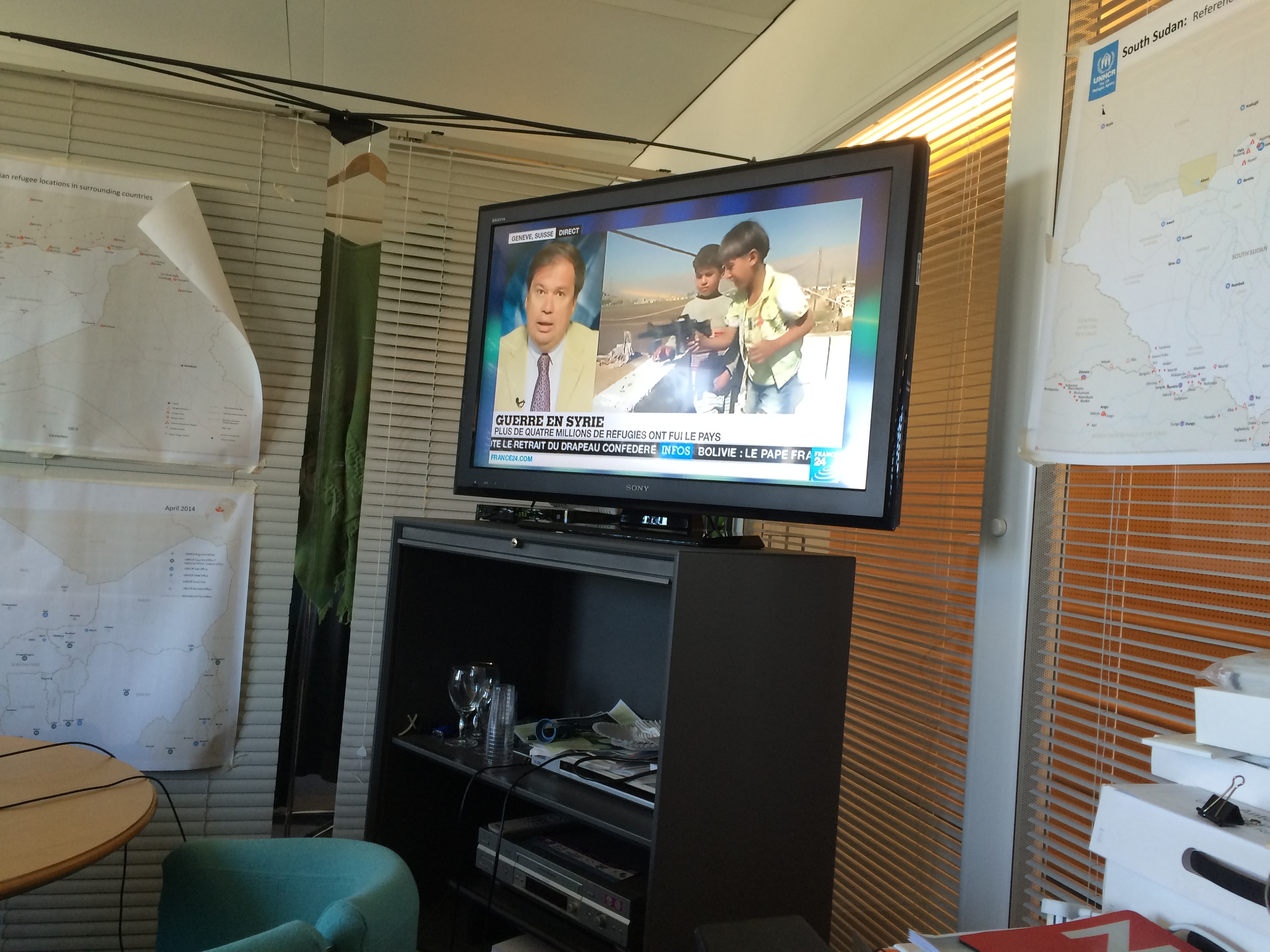A few weeks ago I started working on a project I feel will truly benefit the Public Information team at UNHCR, as well as myself. Currently, the PI team is set up so that each employee covers the refugee crises/situations in a certain part of the world. These divisions are unequally drawn based on how much conflict is happening in a given part of the world, and therefore how often a UNHCR will want to share information on a topic. For example, one person covers only Syria and Iraq, another covers all of Europe, another covers the horn of Africa, etc. This allows each team member to develop relationships with our people in the field and to understand the UNHCR’s role in each situation on a deeper level. However, it also means that when someone is on leave, on mission, or even out for the day, our coverage of their area of focus can be limited. It is a huge amount of pressure for a spokesperson to speak at a press briefing on a topic with which they are not incredibly familiar, as they could truly be asked anything about it. So, that’s where this project comes in.
I’m working on creating Key Messaging Outlines for all the major refugee situations in the world; essentially Public Information “cheat sheets.” My goal is to compile outlines that will enable any PI team member to present on a given topic and effectively express UNHCR’s perspective on an issue. These one page outlines include background, UNHCR’s key needs/messages, important facts such as numbers and locations of refugees, and funding requirements. Then I have a key documents section that includes recent reports, funding appeals, etc. It also links to the latest UNHCR briefing note on a given situation, which the PI team has said is the most useful key document to have in mind while you’re speaking at a press briefing. It shows how your colleagues presented on an issue, what terminology they used, etc. Finally, I include an infographic map at the end of each document. This helps people to visualize a conflict in the context of its neighboring countries. It often includes which areas are the least stable or where the main refugee camps are located.

Another goal is to create these documents in a way that can be easily reviewed and updated at the beginning of each week by the spokesperson for that area. The background information is less likely to change. However, we often get updated numbers from the field every week or two. All the key numbers, financial requirements, etc are bold and written so that a spokesperson should be able to simply update the numbers as necessary and essentially leave everything else. I have also made a blank outline that can be easily filled in if a new crisis arises or a minor situation becomes more significant.
I have met with the each spokesperson to discuss key UNHCR messages, which I think has helped accomplish several goals. By meeting with them one on one about their countries, they have also been able to provide input as to how to structure the key messaging outlines in the most useful way, one suggesting to include a map, another suggesting a link to the latest briefing note. This information is valuable because it tells me what will make this a project that the team will actually use when I am gone. It also makes the spokespeople feel more involved in the making of these documents, which I believe will encourage them to actually keep the outlines up to date after I leave. Finally, it has allowed me to work on something one on one with each person on our team. This has been a great opportunity for me to get to know them each better in a professional context.
This project has been a great learning experience for me. I have learned so much about each of these refugee crises, how UNHCR is involved, and more importantly, when the UNHCR should not be involved. There are many sensitivities that UNHCR has to work around in order to serve refugees. Sometimes this means separating the organization from the political discussion around it, and sometimes it doesn’t. I hope that when I check up with UNHCR in a few months, the spokespeople will still be using these outlines to keep the whole team up to date on major issues.



Pingback:Goodbye to fancy flags and awesome people | NCI Womenternships